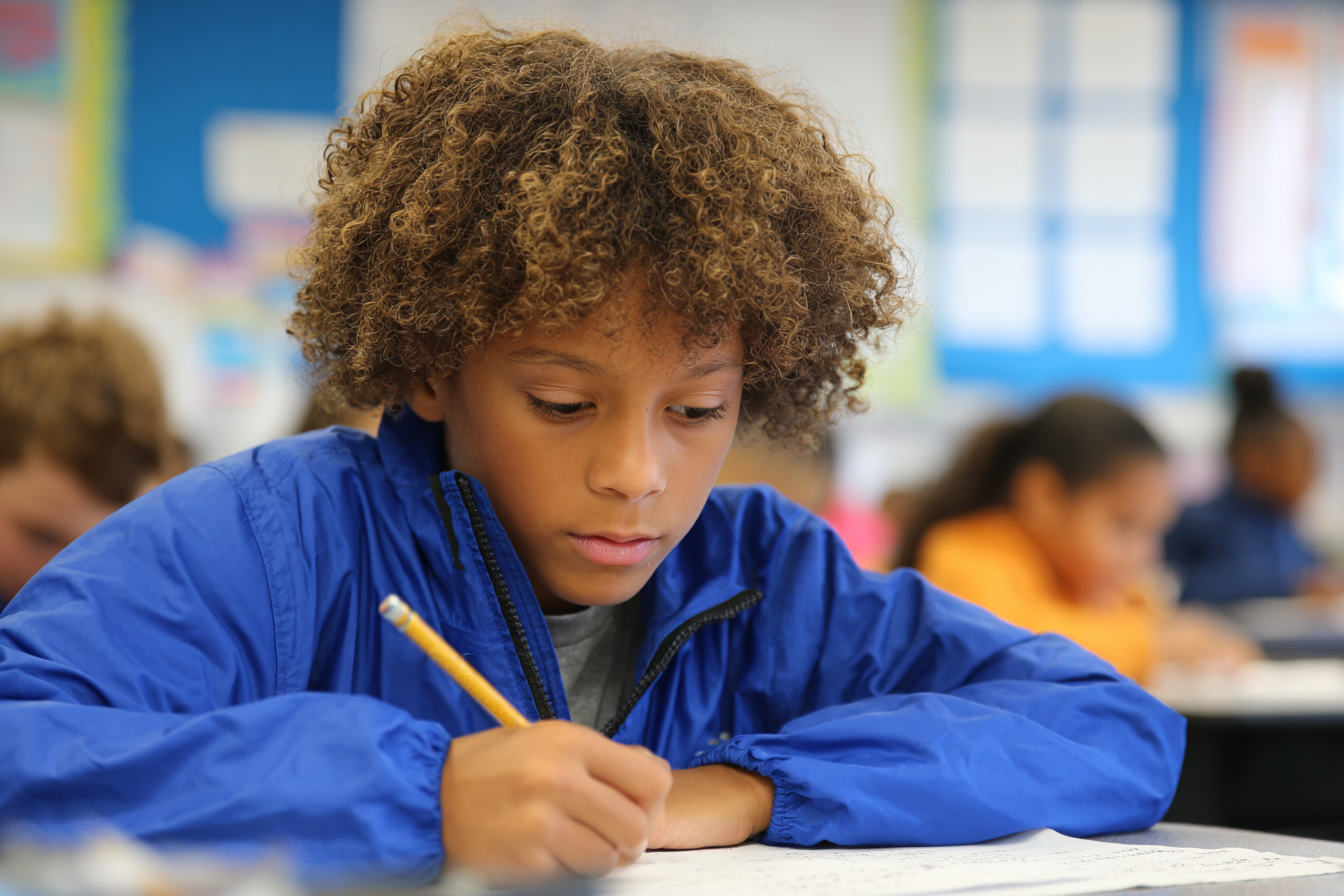Unit Plan 8 (Grade 4 Social Studies): Caring for Our Environment
Students investigate real examples of conservation, protection, and restoration in our state and create their own evidence-based stewardship proposal, learning how to analyze human–environment interaction and communicate informed actions clearly.

Focus: Analyze how people conserve, protect, and restore natural areas in our state and propose stewardship actions of our own. Students study real examples of human–environment interaction and learn how to communicate conclusions and suggest informed actions through letters, posters, or simple presentations.
Grade Level: 4
Subject Area: Social Studies (Geography • Civics/Inquiry)
Total Unit Duration: 5 sessions (one week), 45–60 minutes per session
I. Introduction
Students become “environmental stewards-in-training” as they explore how people in our state adapt to, modify, and conserve their natural surroundings. Using maps, photos, and short case studies, they examine examples of polluted or damaged areas and how communities have worked to protect, restore, or care for them (such as parks, rivers, forests, or wildlife areas). By the end of the week, students design a small conservation proposal or awareness piece to support a local or state natural area.
Essential Questions
- How do people adapt to, change, and care for the environment in our state?
- What does it mean to conserve, protect, or restore a natural area (park, river, forest, wetland)?
- What are some examples of environmental problems (pollution, litter, habitat loss) and how have people tried to solve them?
- How can kids use maps, facts, and clear communication to speak up for the environment?
- What does it mean to be a good steward of the places where we live, learn, and play?
II. Objectives and Standards
Learning Objectives — Students will be able to:
- Describe examples of human–environment interaction in the state, including ways people adapt, modify, and conserve land and water.
- Identify at least one natural area (park, river, forest, or other habitat) in the state and explain a challenge it faces (litter, pollution, overuse, habitat loss).
- Explain what it means to conserve, protect, and restore a natural area and name specific stewardship actions people have taken.
- Analyze at least one case study of an environmental project (clean-up, restoration, conservation rules) and summarize how it helps people and nature.
- Develop and communicate a simple conservation proposal or awareness message (poster, letter, slide plan, or mini-exhibit) that uses evidence and suggests at least one informed action.
- Reflect on their own responsibilities as environmental stewards at school, home, and in the community.
Standards Alignment — 4th Grade (C3-based custom)
- 4.C3.Geo.5 — Analyze human–environment interaction: adapt, modify, conserve; propose stewardship actions.
- Example: Recommend strategies to reduce watershed pollution with evidence.
- 4.C3.Inq.5 — Communicate conclusions and propose informed actions (letters, exhibits, maps, slide decks).
- Example: Create a conservation proposal for a local waterway with evidence.
Success Criteria — Student Language
- I can give examples of how people adapt to, change, and protect the environment in our state.
- I can describe a natural area and explain at least one problem it faces and one way people are trying to help.
- I can explain what conserve, protect, and restore mean and give an example of each.
- I can use facts and evidence from maps, photos, or readings to support a conservation idea.
- I can create a conservation product (poster, letter, or project plan) that clearly suggests at least one stewardship action people can take.
